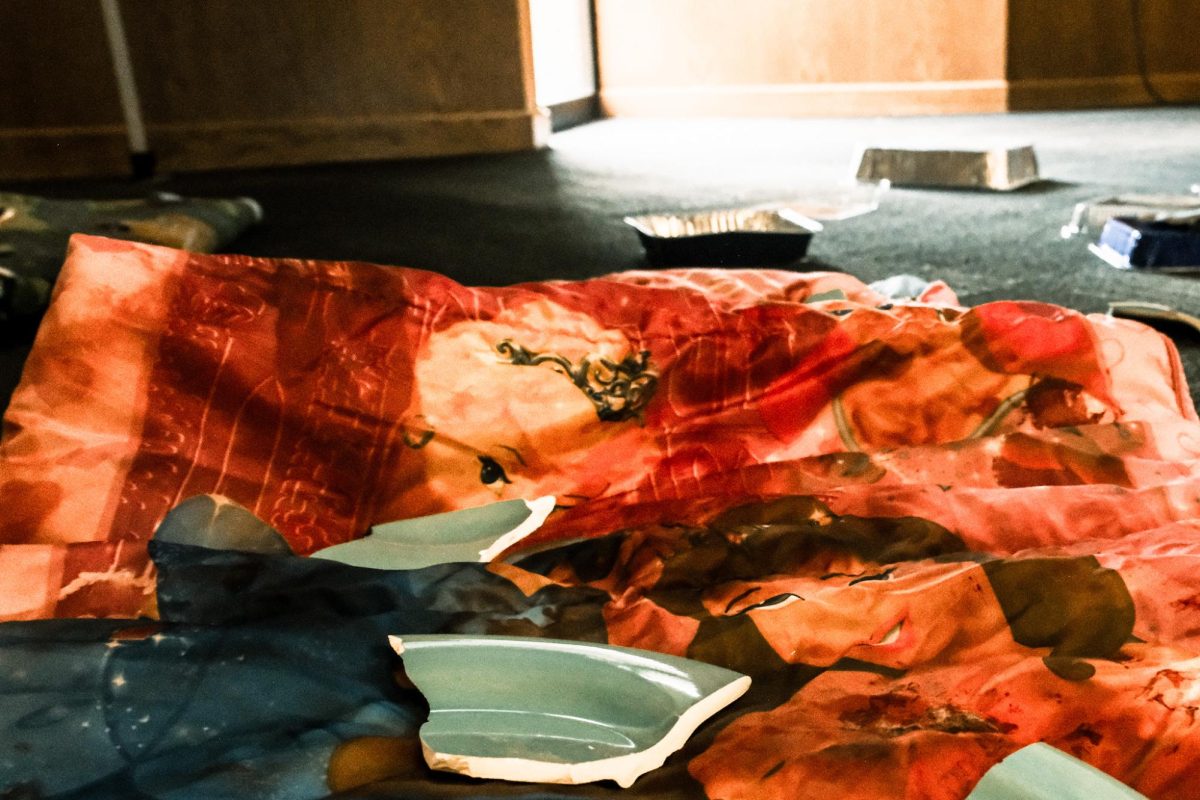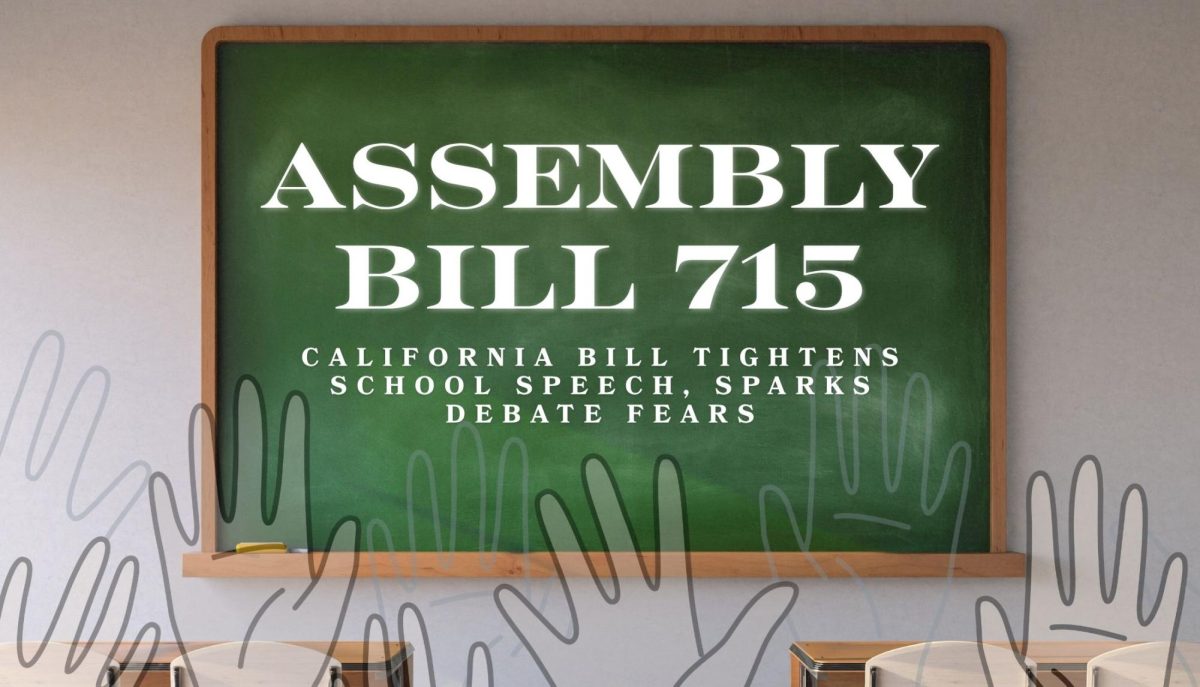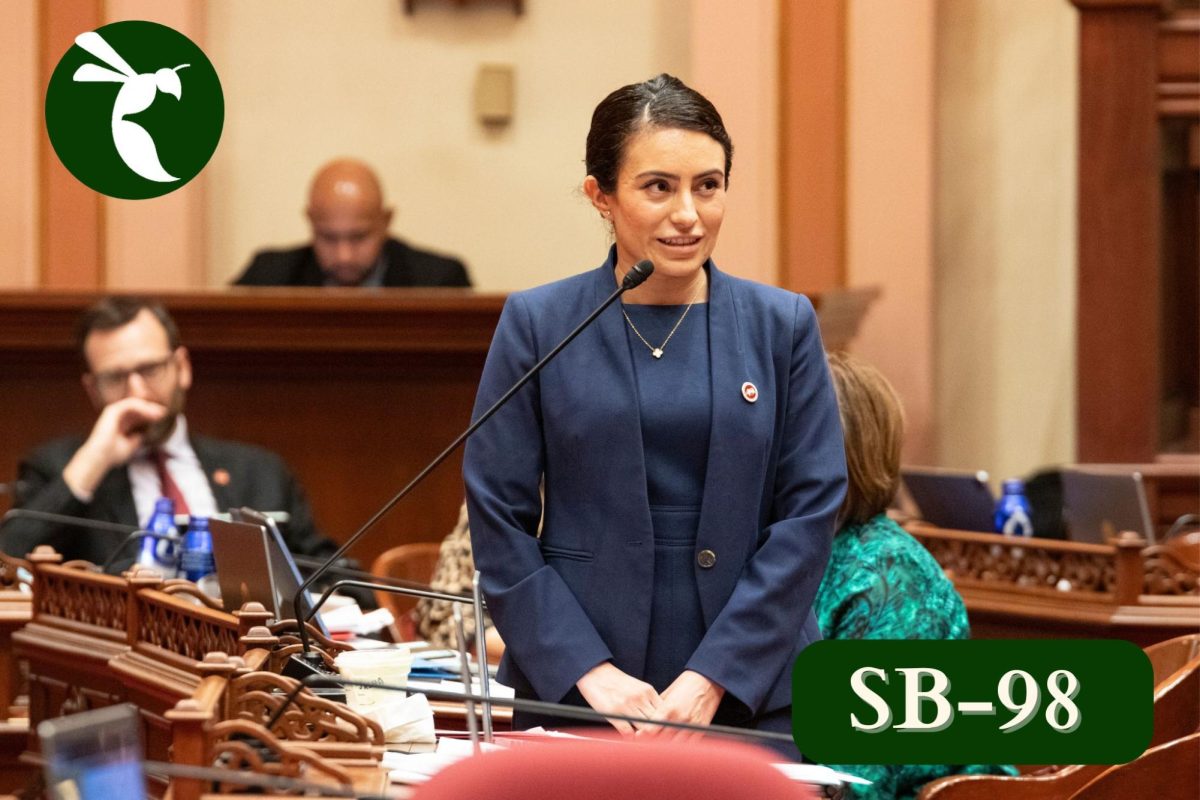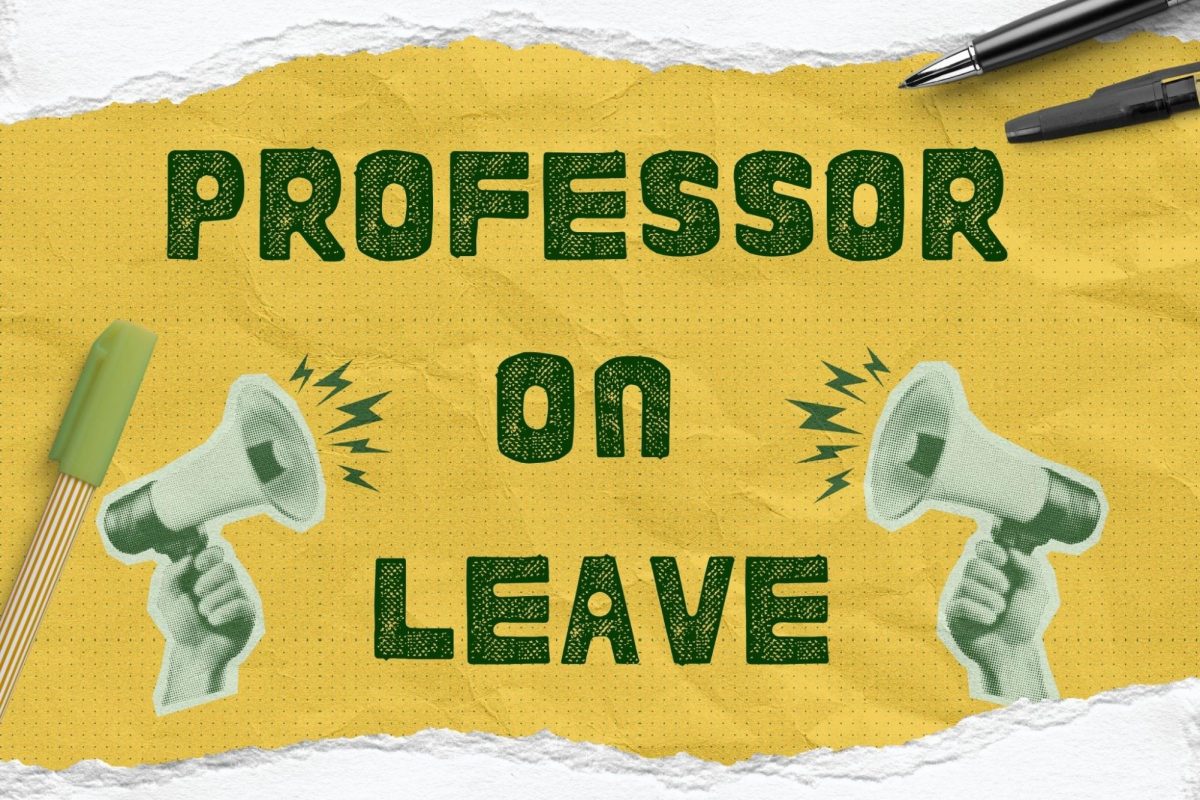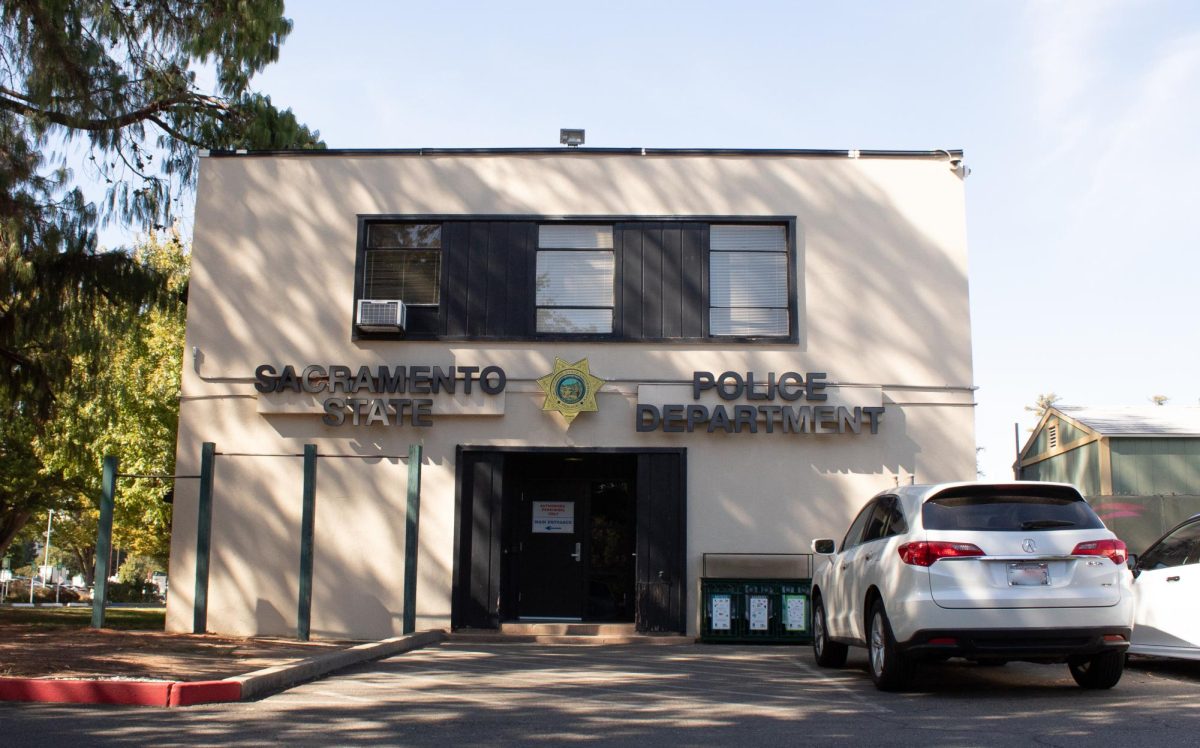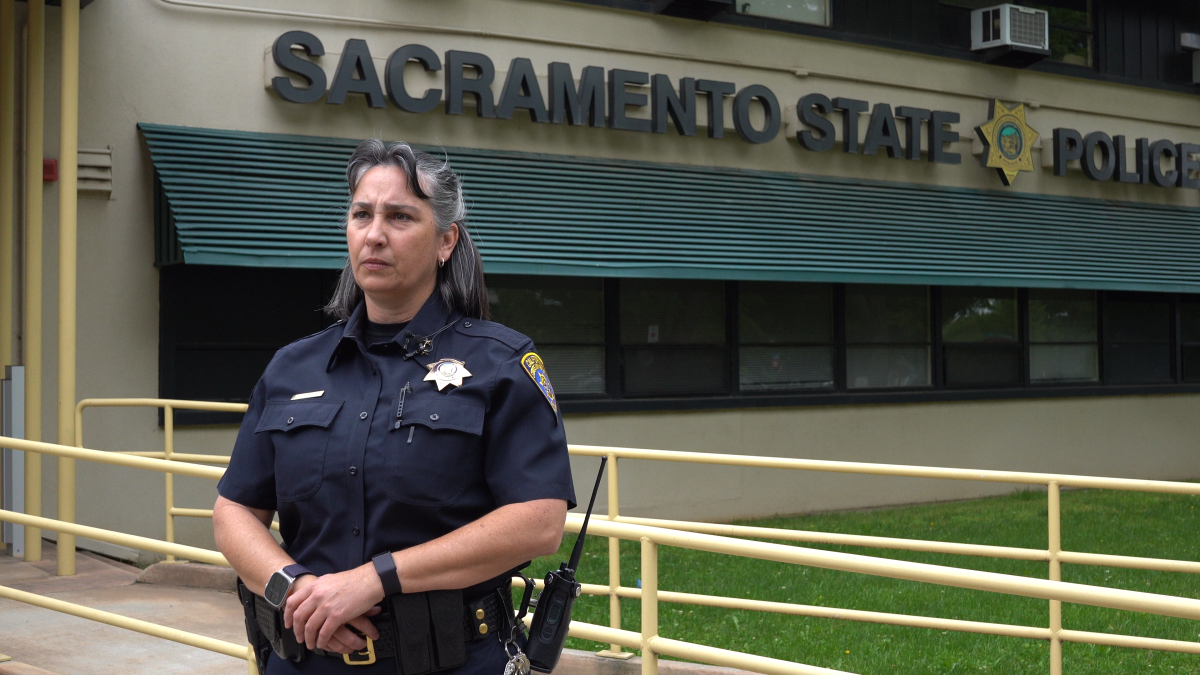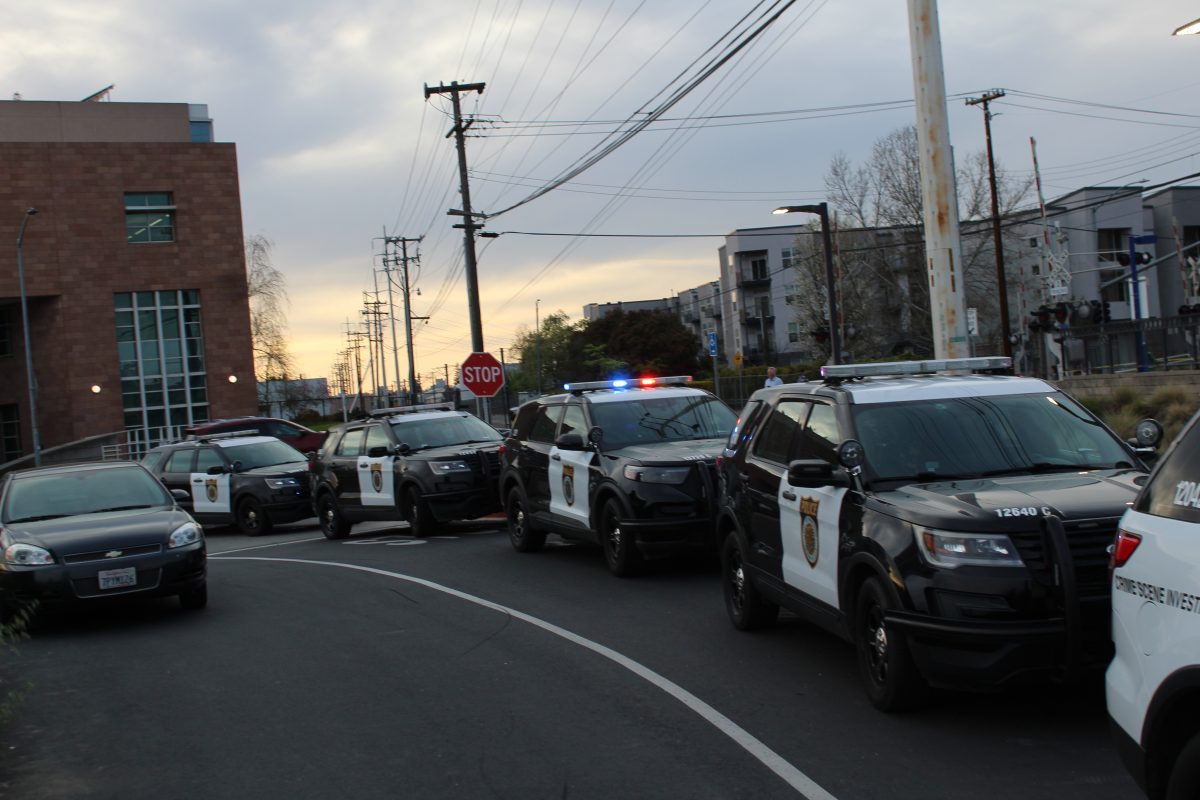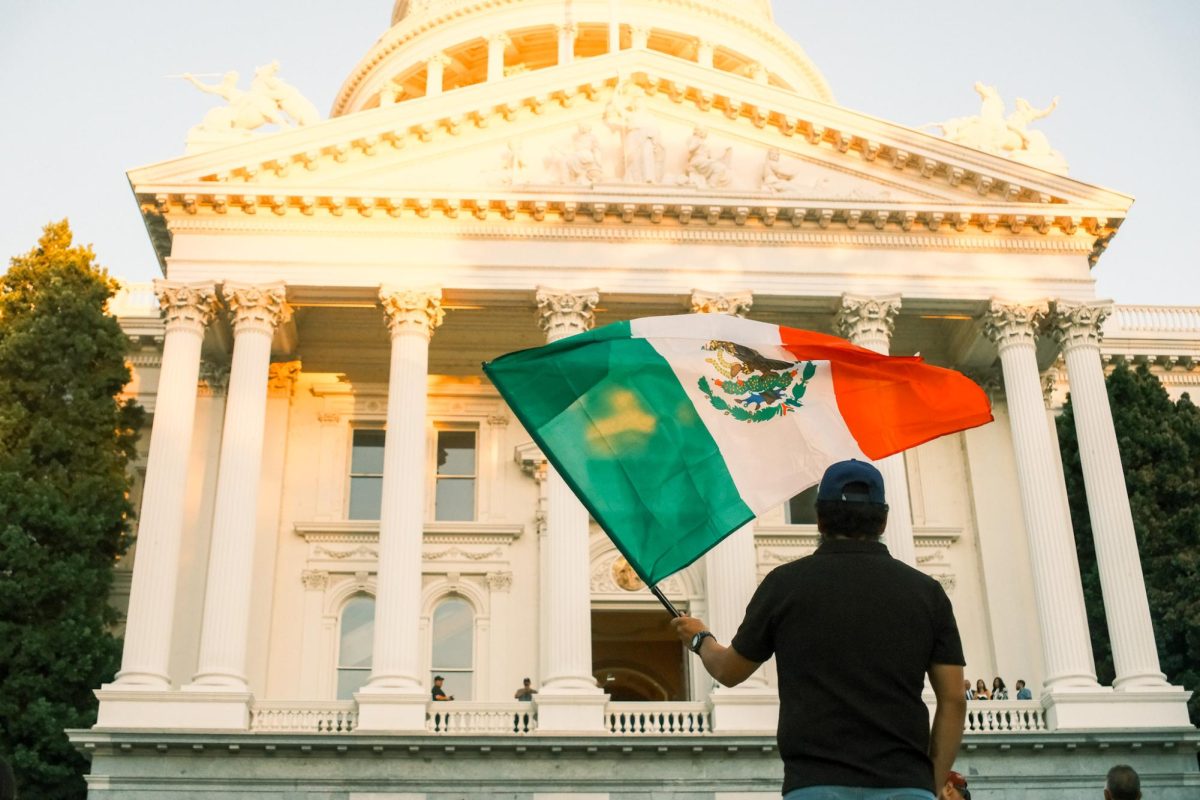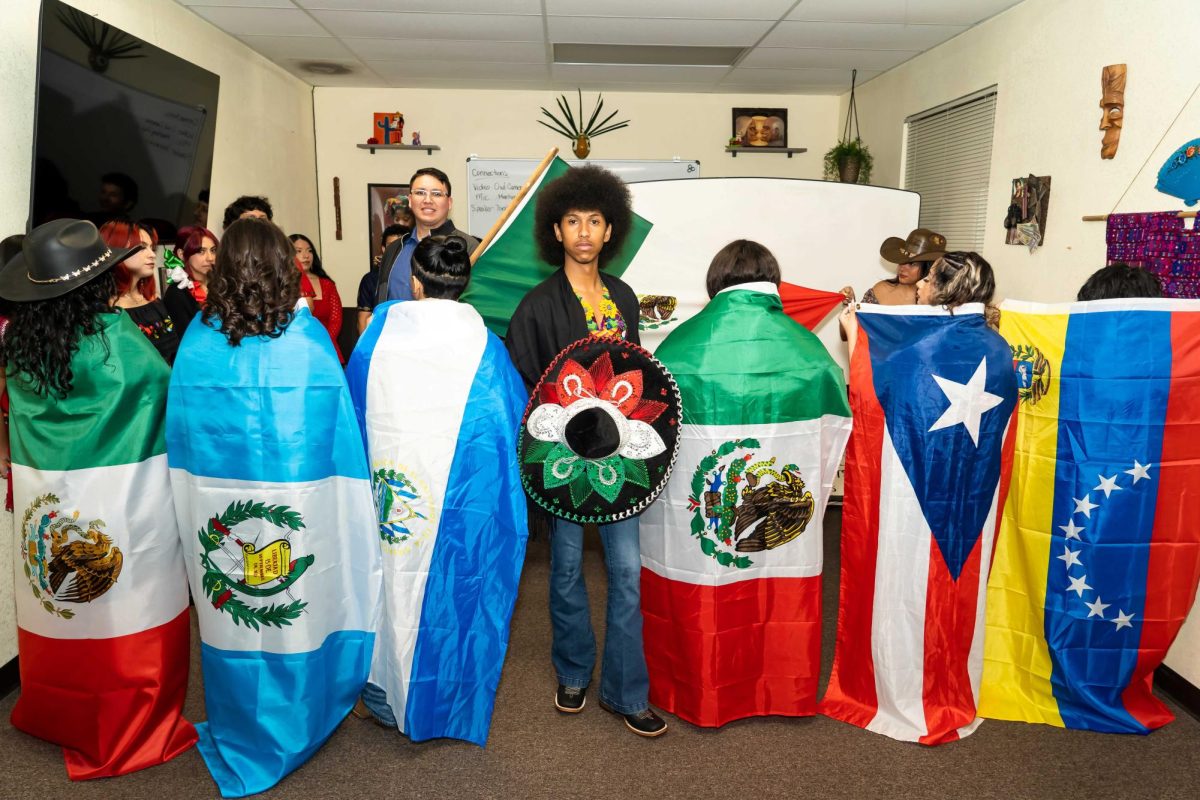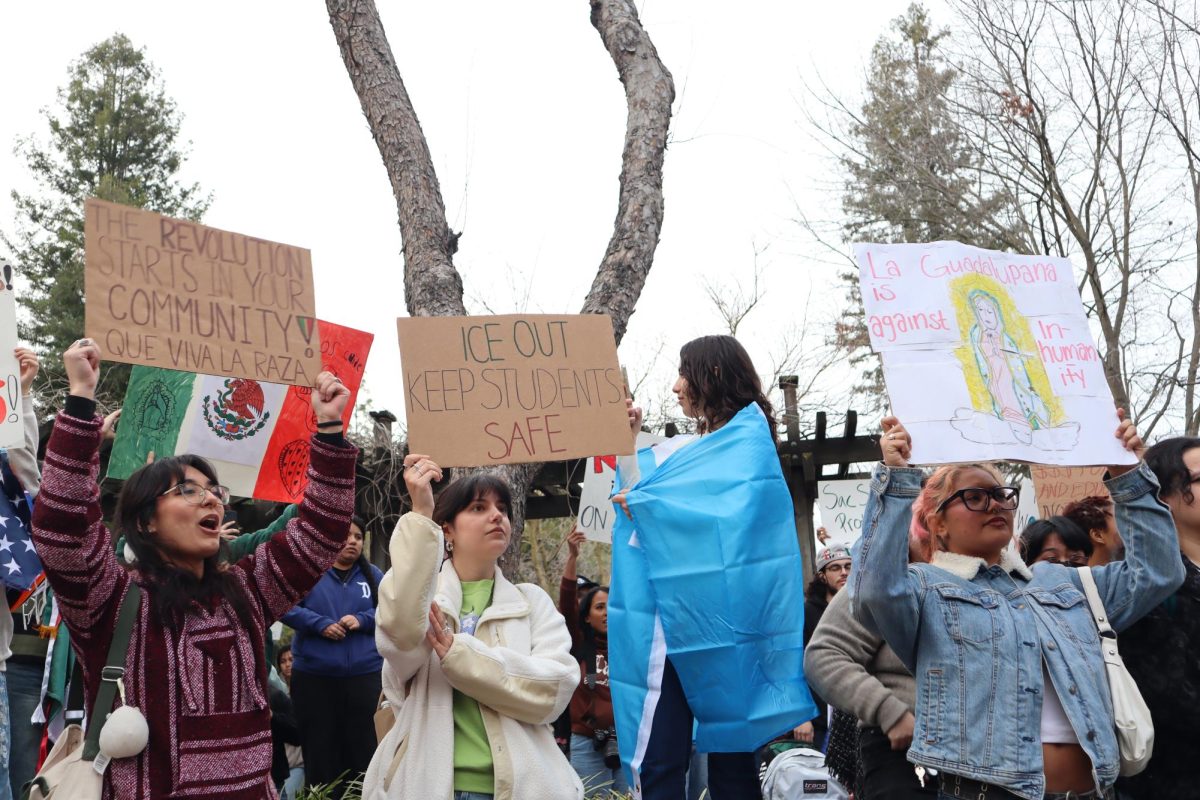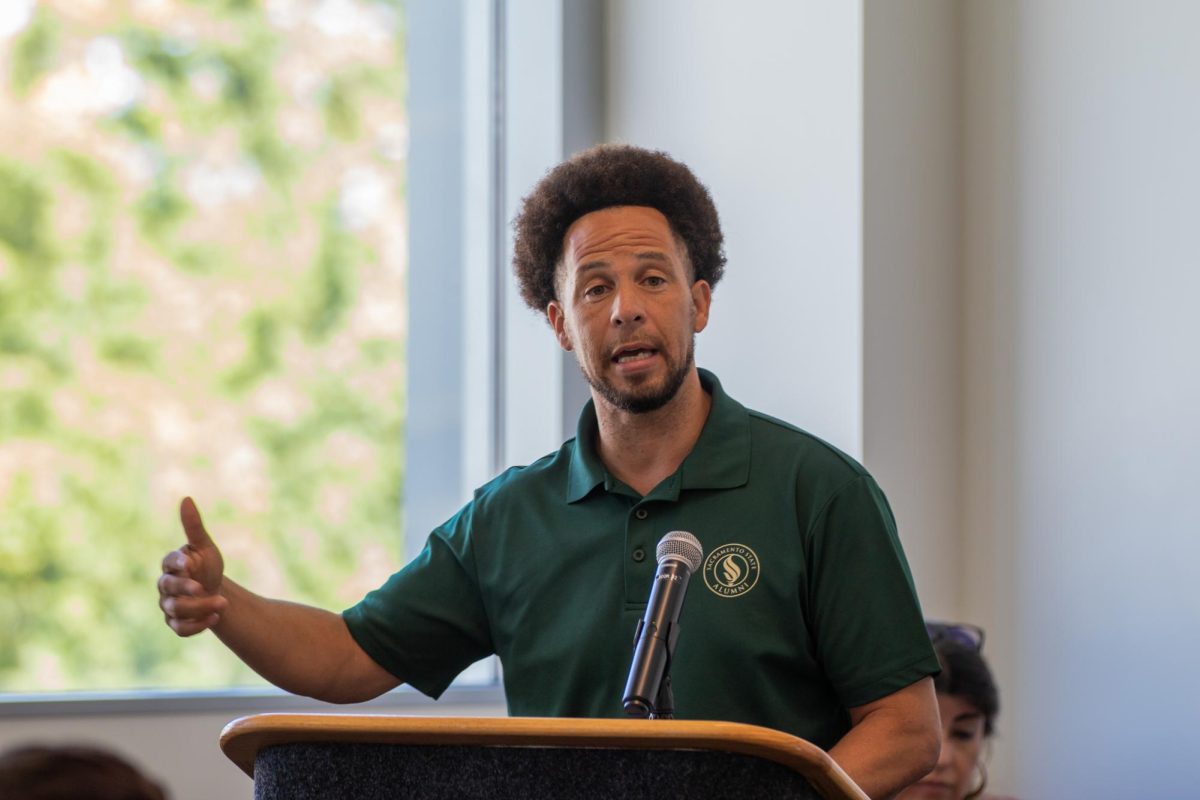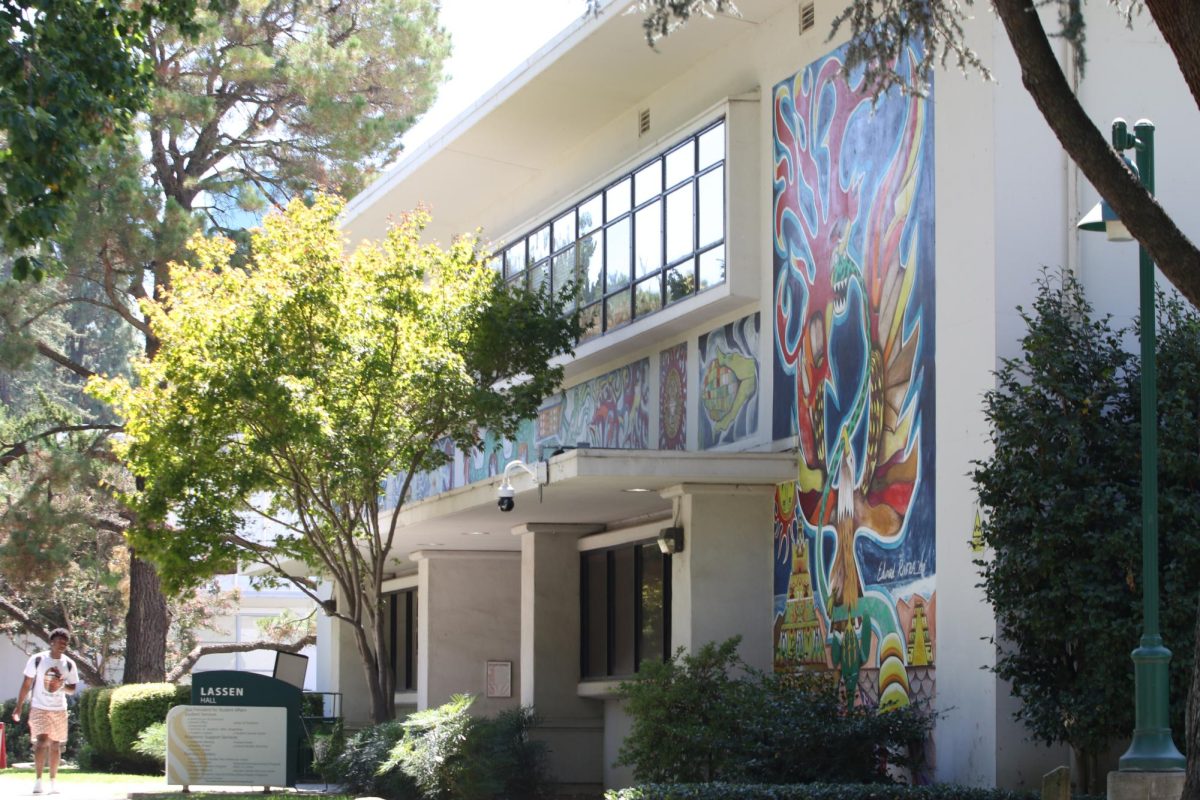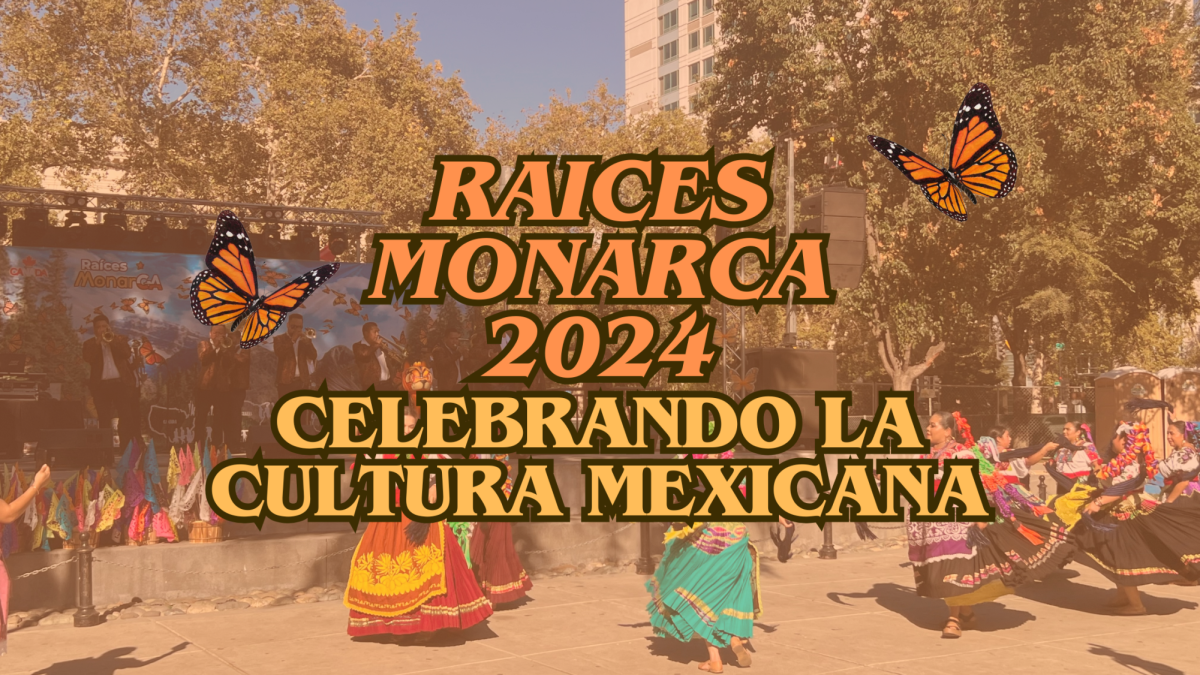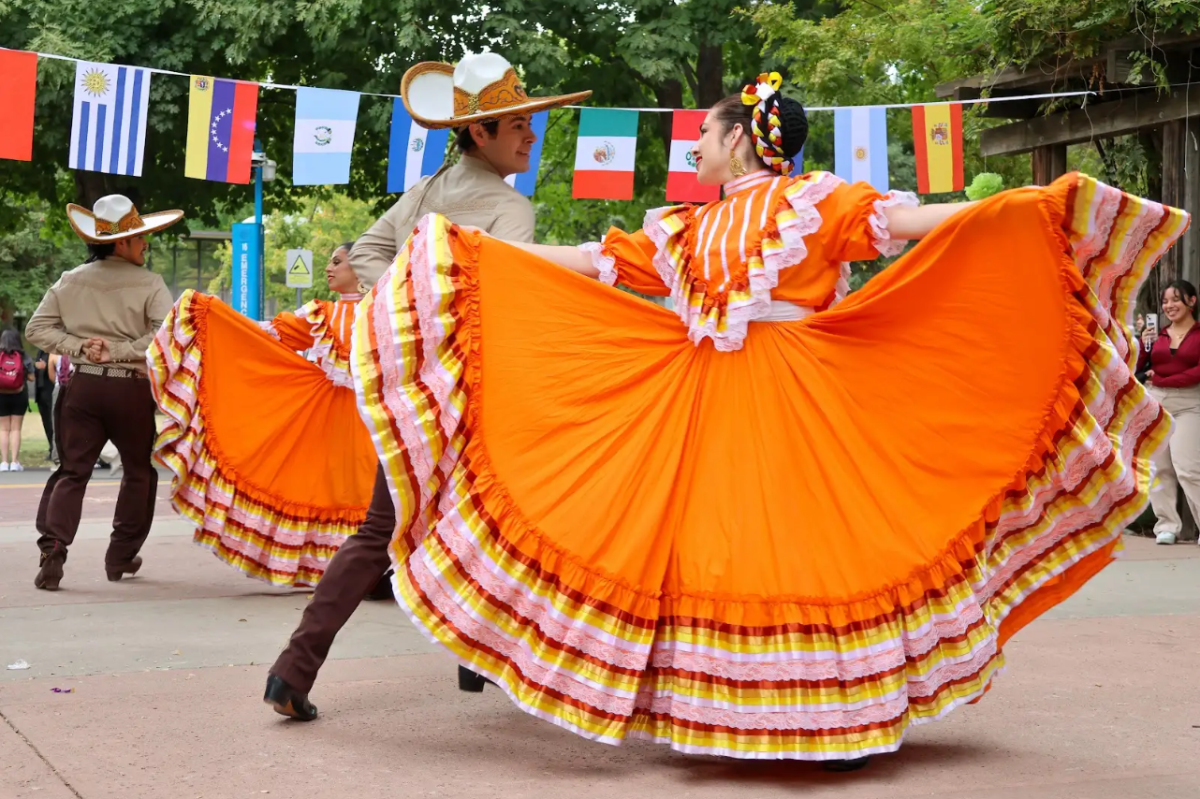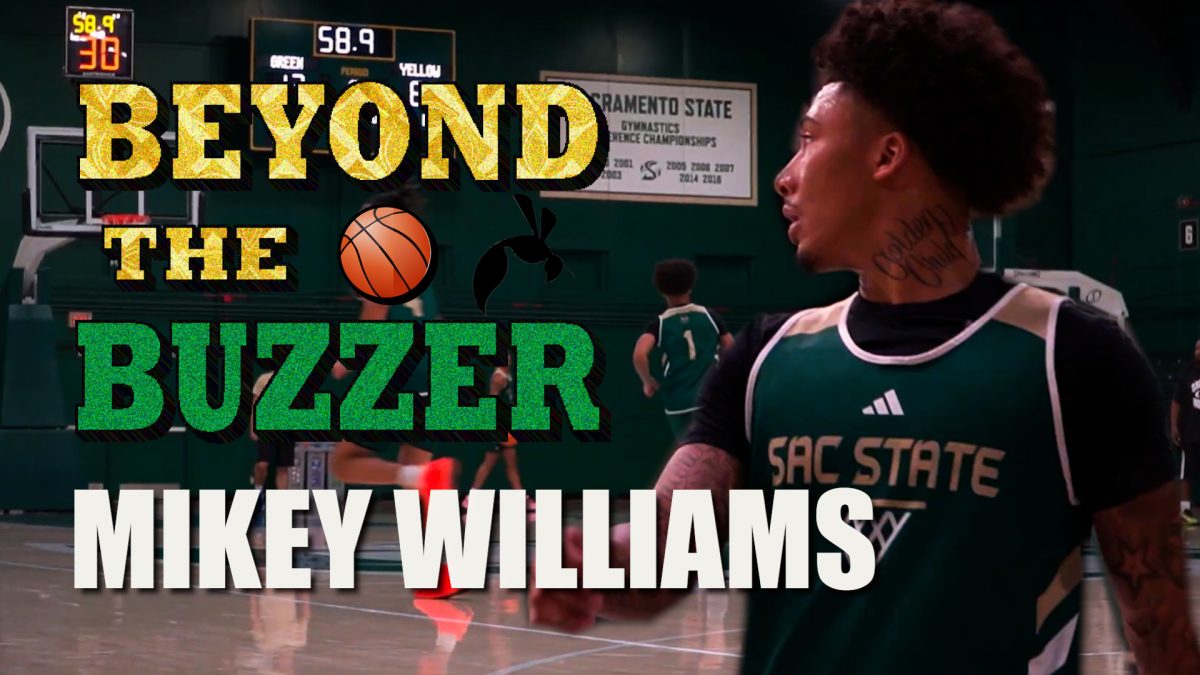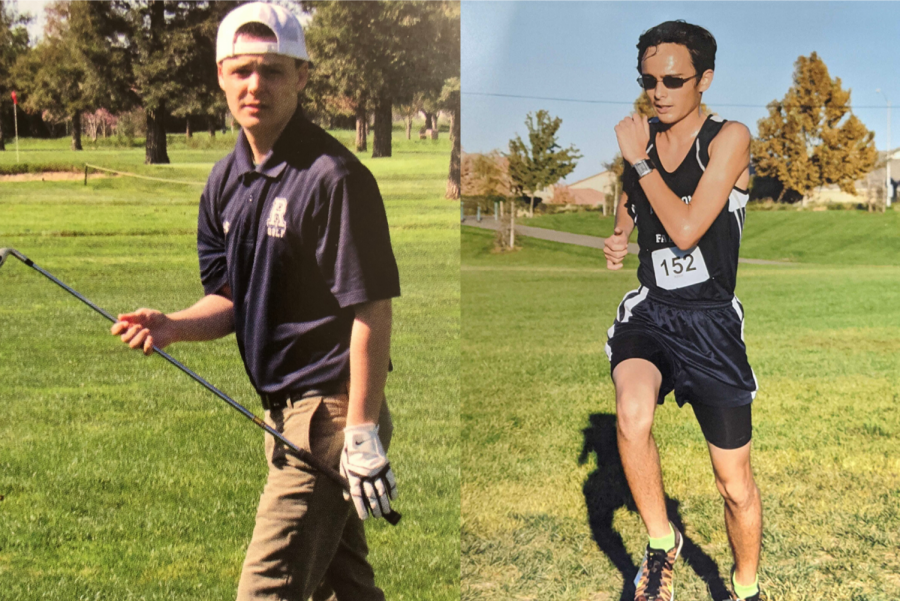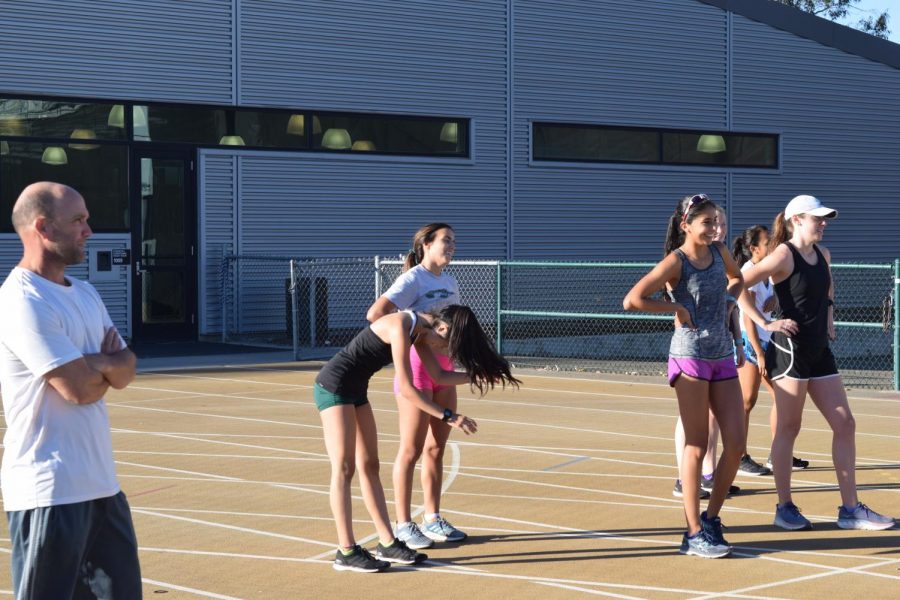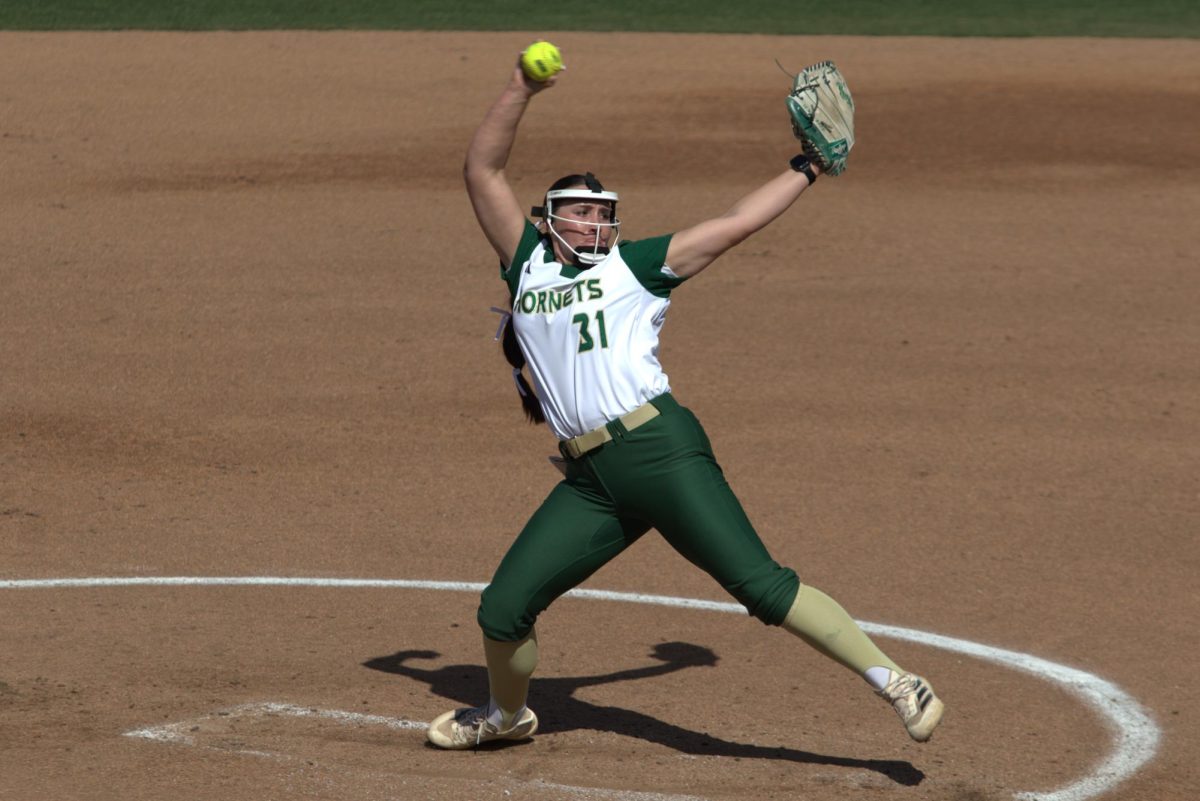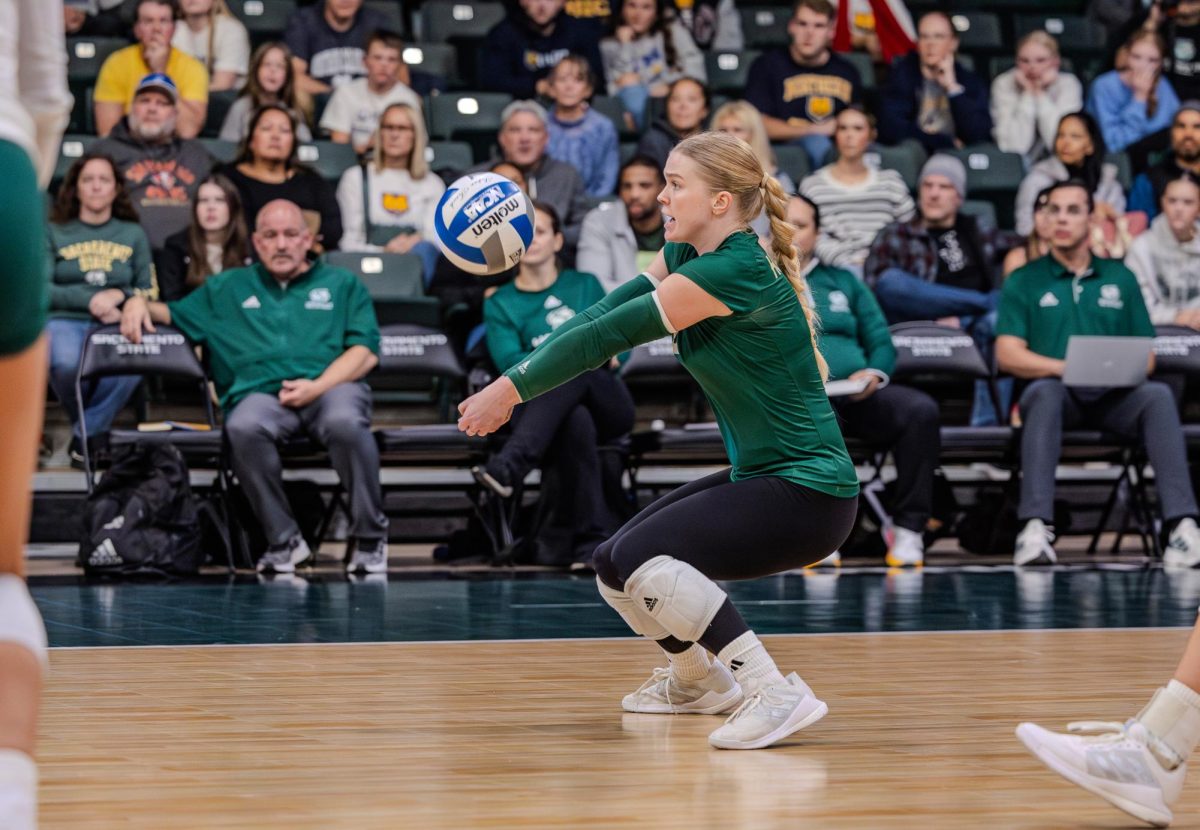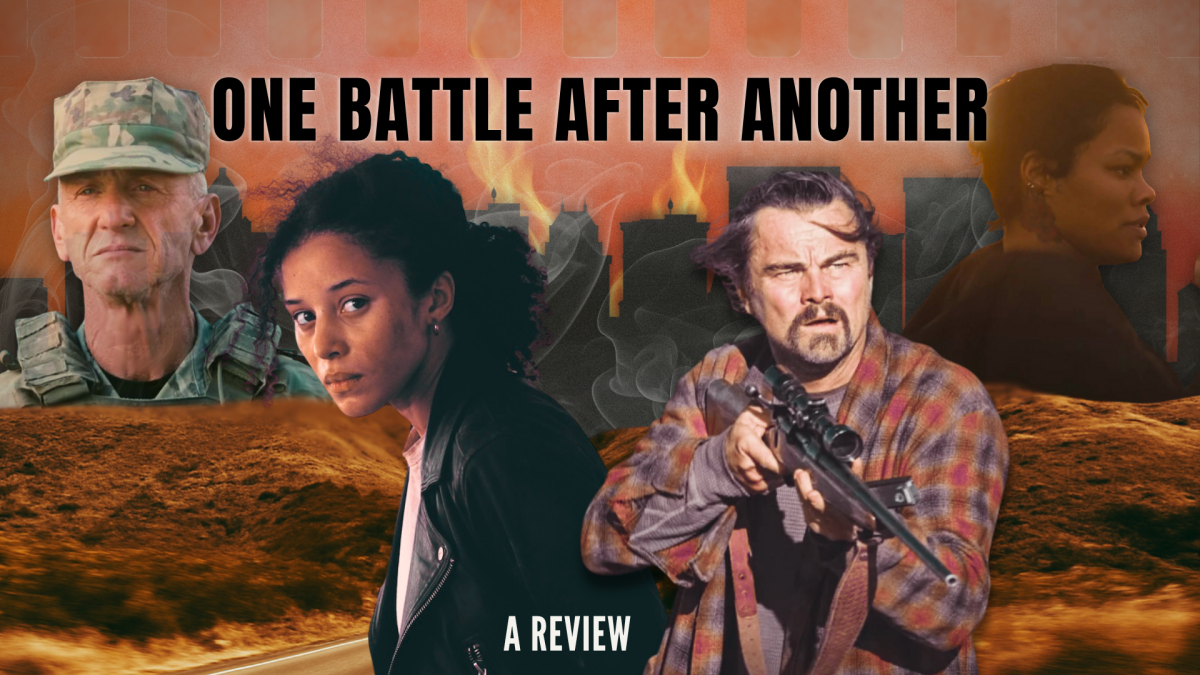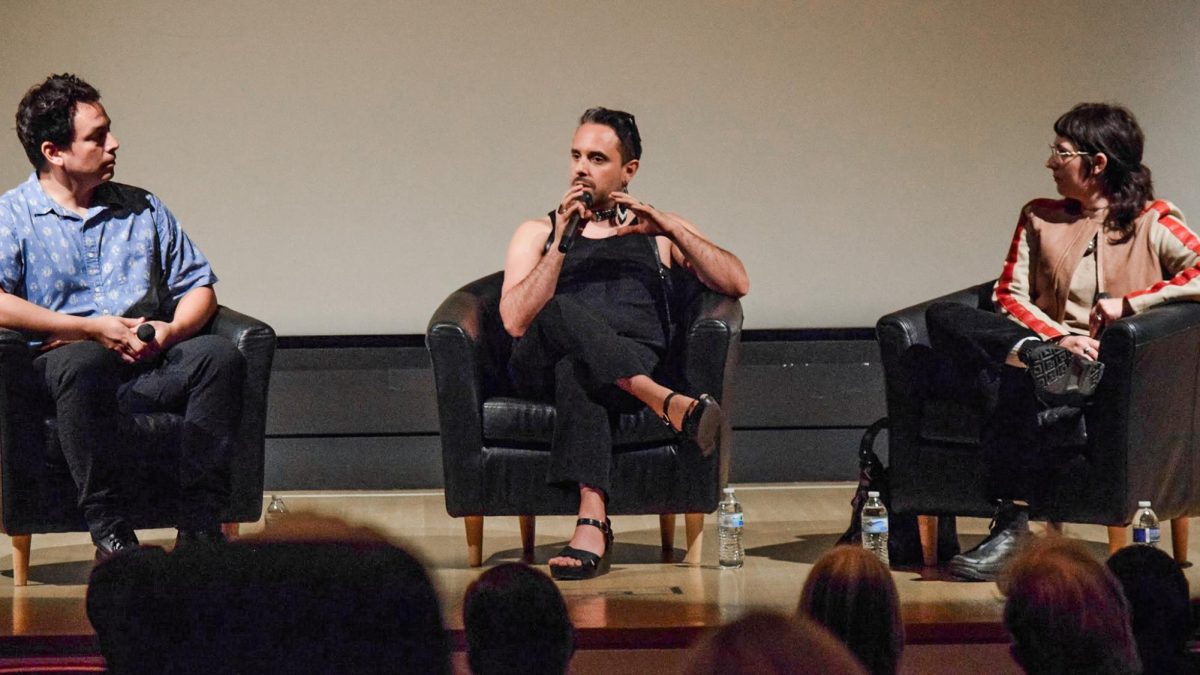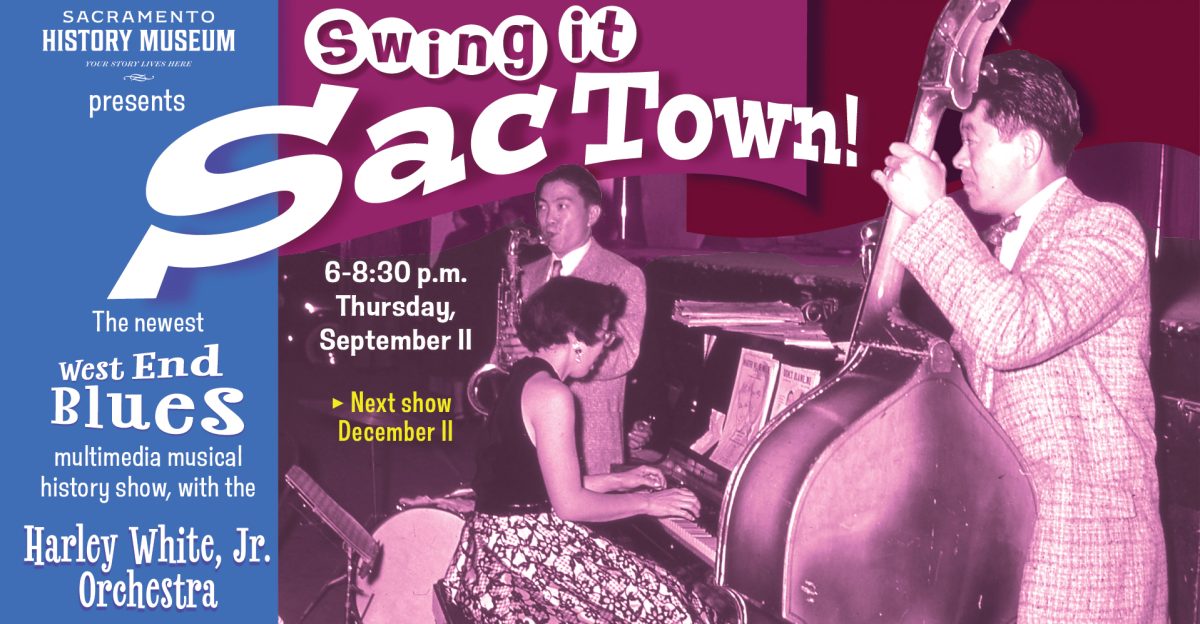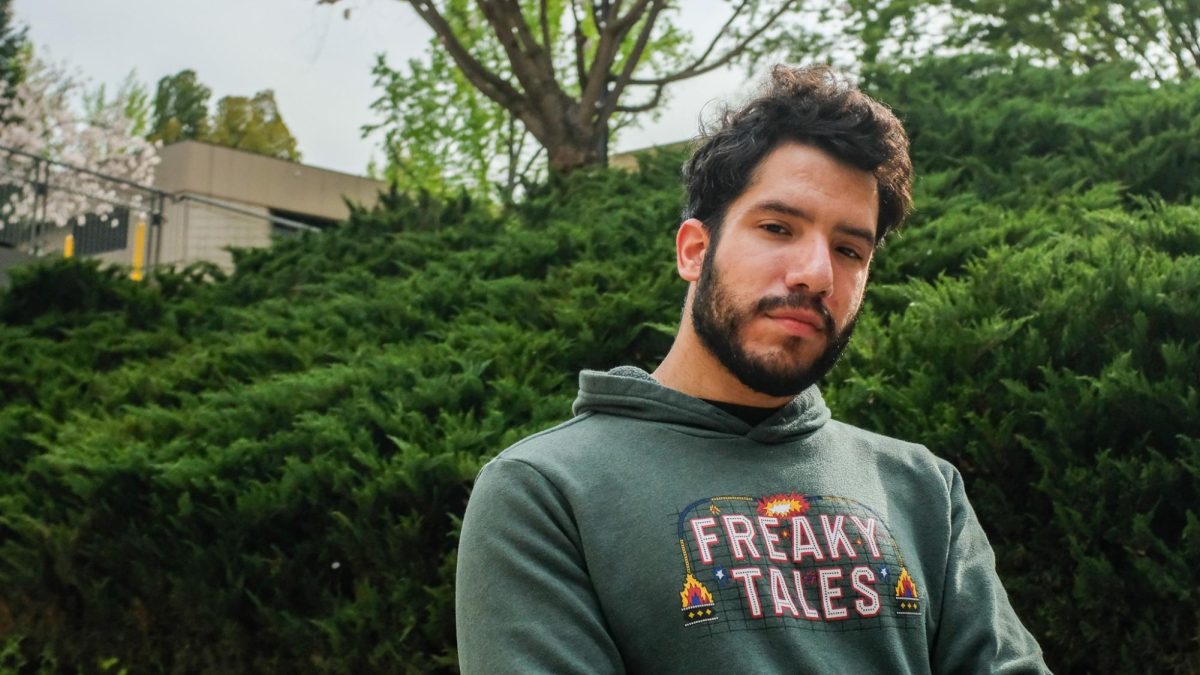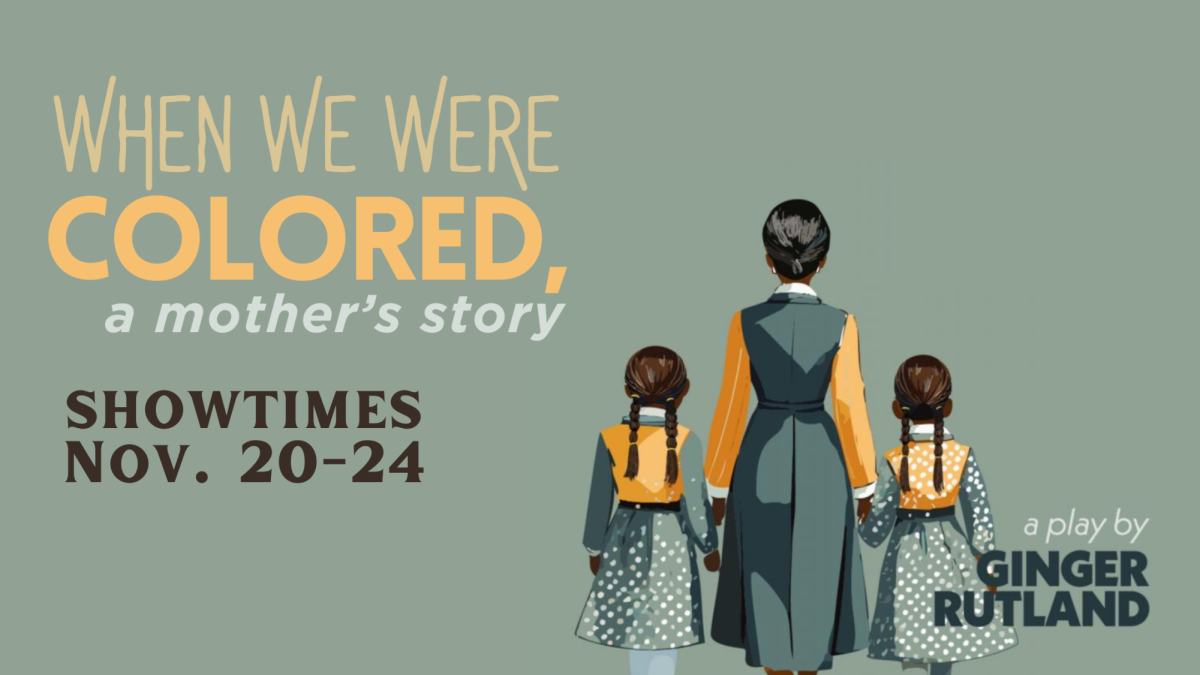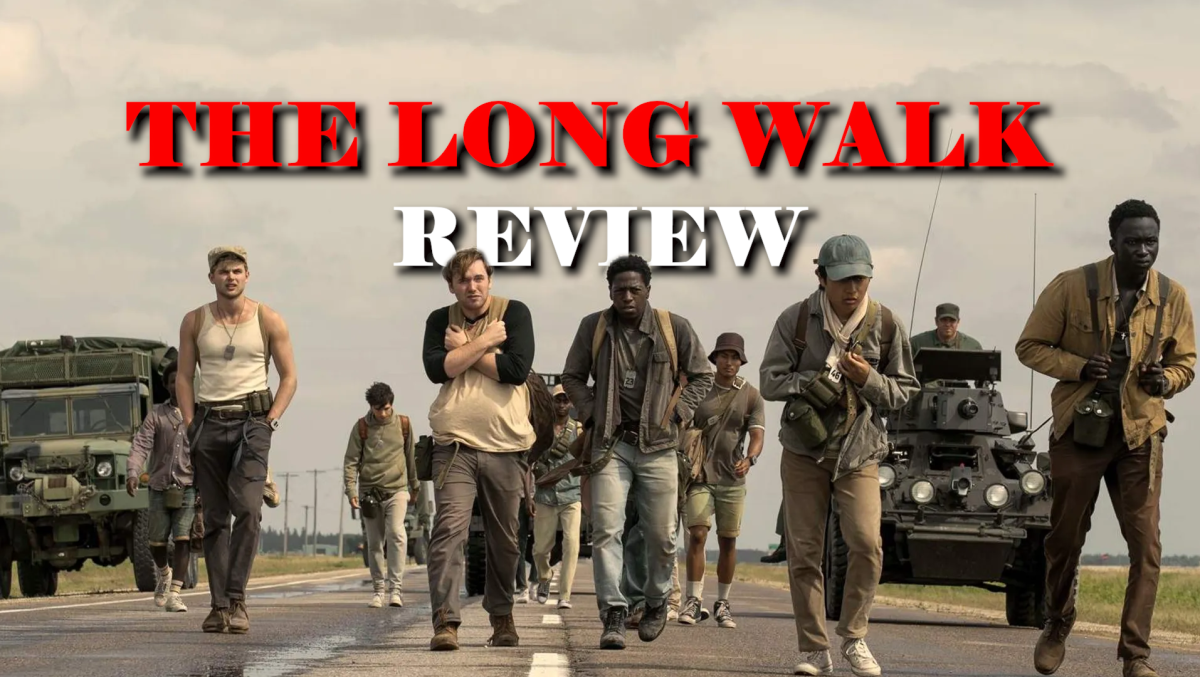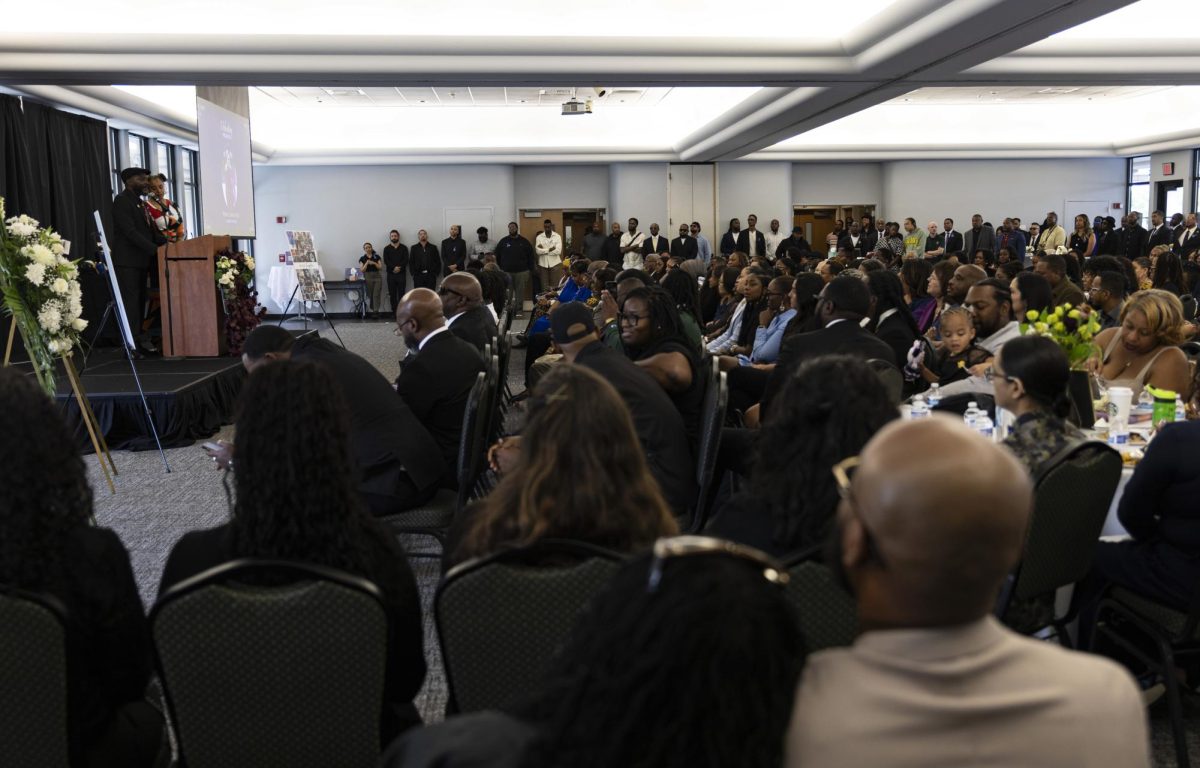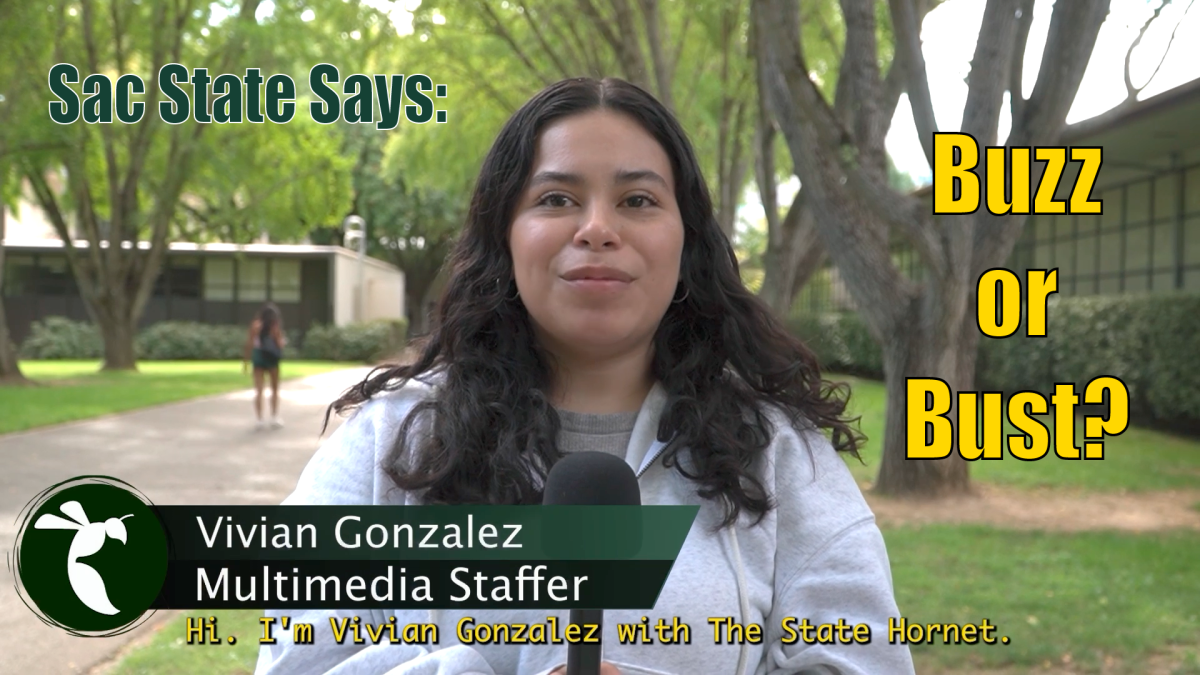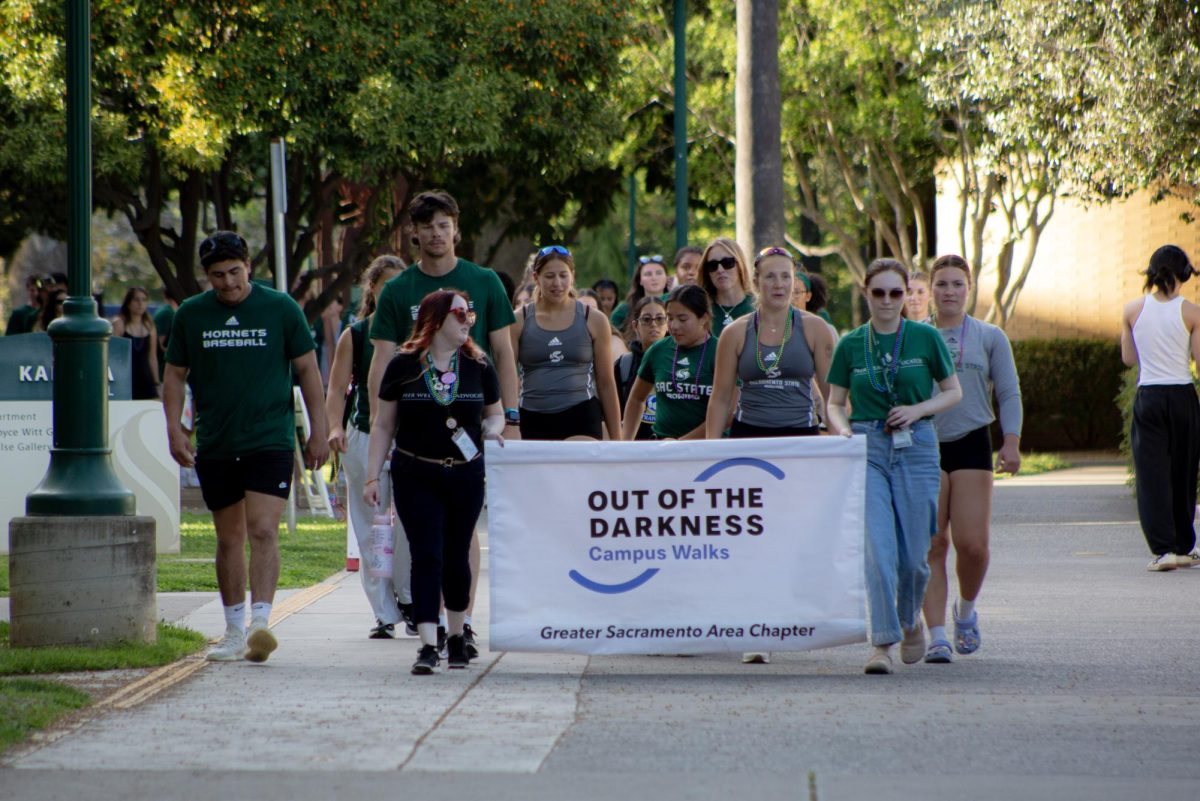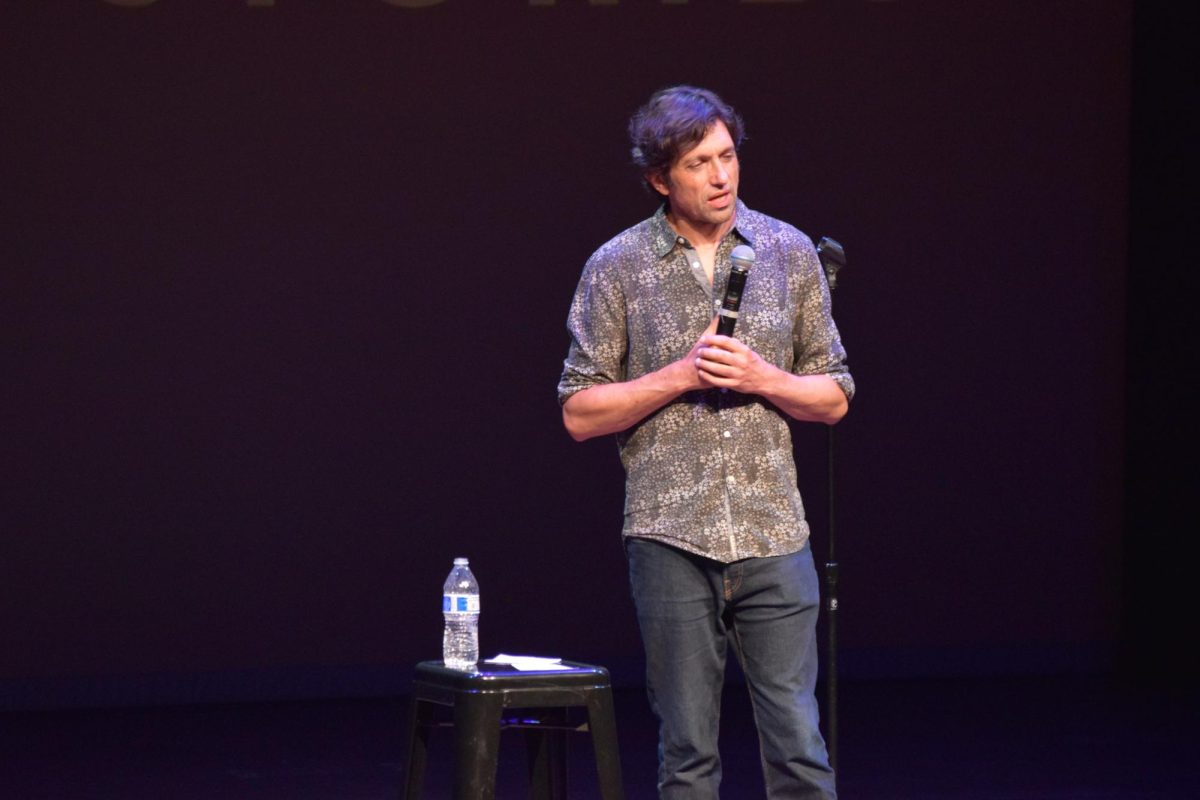*This review contains spoilers*
In an epic that rivals the spectacle of his film portfolio, Paul Thomas Anderson’s “One Battle After Another” is a journey through bank heists, immigrant uprisings and courthouse sieges under urban chaos and flaming city streets.
Beginning with an explosive nighttime raid on an immigration detention camp, Anderson’s slow-burning, absurdist heist thriller, which couldn’t have come at a more pertinent time.
As political ideologies grind against one another, the film runs fascist ideals to the ground in a story that blends real-life grit and humor into an epic that journeys across a fictionalized California in the midst of revolution.
The opening scene introduces the French 75, a group of resistance members who are stoking the embers of rebellion by freeing imprisoned immigrants. Their goals are vaguely explained in the movie, but it is clear the revolutionary group is for open borders, racial justice and abortion rights.
Leonardo DiCaprio plays Pat Calhoun, a member of the French 75 who is under the identity Bob Ferguson. Pat, previously known as “Ghetto Pat,”spends most of his time smoking weed in between parent-teacher meetings or raising his 16-year-old daughter, Willa Ferguson (played by first-time feature actress Chase Infiniti).
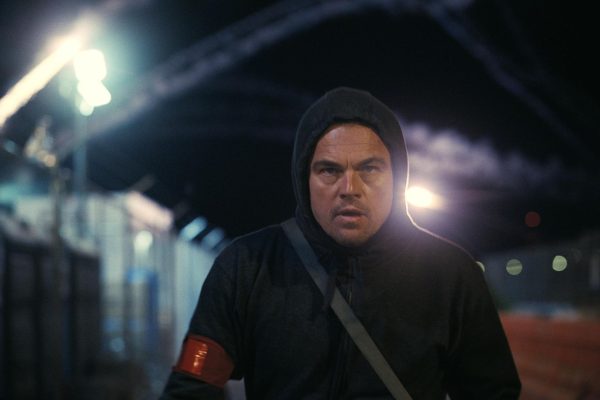
Teyana Taylor as Perfidia Beverly Hills radiates a feminine intensity hardened by years of fighting the government. Her character is intense, having lived on the run long enough to have nothing left to fear. Viewers would be hard-pressed not to be captured by her ferocity, as her portrayal of Perfidia is stirring.
As the French 75 continue the revolution while breaking immigrants out of processing camps, their campaign across California is montaged in a brutal and emotional ride.
Anderson relied on close-ups of DiCaprio and Taylor to make Pat and Perfidia’ relationship feel like a doomed romance. It is the focus of the film until Beverly Hills’ passion pulls her away to take the fight against the government further.

Col. Steven Lockjaw (Sean Penn) is a perverse, steel-eyed and insecure racist officer, who wants to be accepted into the Christmas Adventurers Club. The club is a secret government society of influential white-supremacist businessmen who are orchestrating an underground race war.
With “racial purification” being Lockjaw’s main objective, the ruthless colonel makes his move when Perfidia gets reckless. In a brutal chase scene that crosses the Tower Bridge, hangs the corner of H Street and ends in a Grand Theft Auto-style foot chase down J Street, she is taken in.
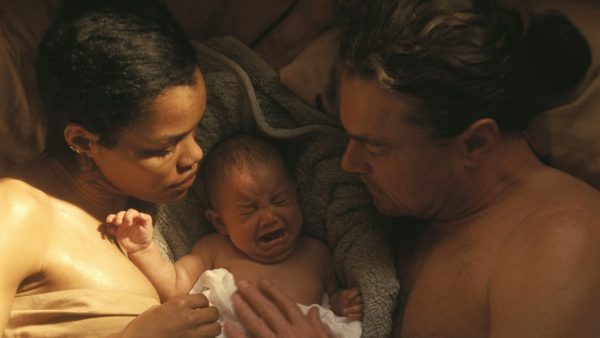
As suburban rural Northern California becomes a war zone between the French 75 revolutionaries and Lockjaw’s forces, Perfidia strikes a deal and escapes to Mexico.
The pace slows after an explosive first hour, exemplifying the escape into solitude that Pat and Willa have found in the California woodlands. Willa attempts to live like a regular 16-year-old high school student and takes karate lessons under the zen master, Sensei Sergio St. Carlos (Benicio Del Toro).
Pat smokes weed in an attempt to numb out the memories of years as a revolutionary fighting the Border Terror Response, Anderon’s satirical take on ICE. The Christmas Adventurers Club arrives at his front door years later. Lockjaw returns, now with a renewed vigor, and kidnaps Willa to get to Pat.
Here is where DiCaprio stumbles to the forefront of the film as the main character. Low-class suburbia becomes a city in flames as the BTR takes to the streets of Baktan Cross. BTR officers, clad in SWAT gear, beat back migrant protestors as Pat makes his way through the city with the help of Sensei.
The pair escapes through the rooftops, traveling underneath neon signage and city lights, as the BTR raid the block looking for Pat.
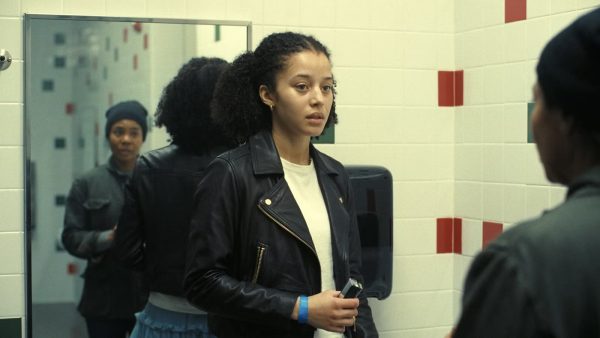
“One Battle After Another” is filmed partly in downtown Sacramento, featuring locations like J Street, Northgate Boulevard, the Sacramento County Administration building and the county courthouse on 9th Street.
Set against a larger California backdrop, Anderson stitches the film together with shots of urban downtown Sacramento street corners, rural Humboldt County redwood forests and long stretches of the borderland roads in El Paso, Texas to create a version of California that is on the verge of revolution.
“One Battle After Another” is not a dreamy and aesthetically pleasing character study, like Anderson’s “Punch Drunk Love,” or a hazy and hard-to-follow stoner detective story, like “Inherent Vice.” It is a war on home turf with a splash of the absurdist, comedic tone Anderson often features in his oeuvre.
The film dances around topics like racism, classism and xenophobia with grace and satire.It feels like the film speaks to the current political climate. But in 20 years, the film may either feel like a fictional speculation of history or come off as fictional as the town of Baktan Cross.
The film is loosely inspired by Thomas Pynchon’s postmodern novel “Vineland.” Borrowing its themes of rebellion, belonging, political revolution and authoritarian abuse, it reshapes them into a film that resonates with today’s pervasive political and social anxieties.
The film unfolds the story while pacing tension heavily – almost too heavily for some folks’ taste. Anderson shoots on 35mm film stock which makes this film feel alive and breathing, a medium that only a few directors like Anderson still use today.
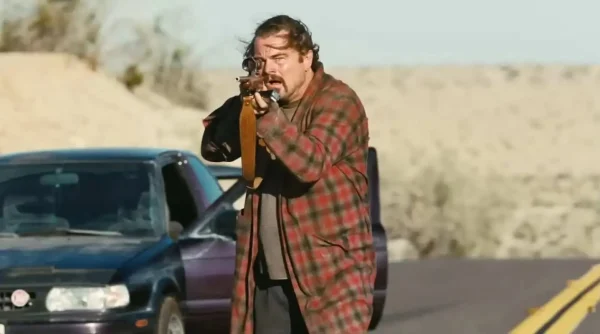
Handheld shots and practical effects blend seamlessly into the aesthetic; audiences can witness visceral details like gunshots during a heist and the crunch of metal and glass during a car crash.
The color of the movie is grimy, lived-in and real. The film features DiCaprio bustling his way through yellowed supermarkets off Interstate 5 and silhouetted city rooftops as flames erupt from the chaos in the streets beneath. Anderson’s old-school approach to filmmaking is part of what makes this film feel almost timeless.
This film, like most of Paul Thomas Anderson’s oeuvre, is an emotional epic framed as a character study. The roles cast upon the characters behave like chains that give way to an ironic contentment by the end.
Brutal,real, yet elusive and almost too big to be able to narrowly define, that is what makes “One Battle After Another” one of Paul Thomas Anderson’s best movies to date.
RATING: 8/10




